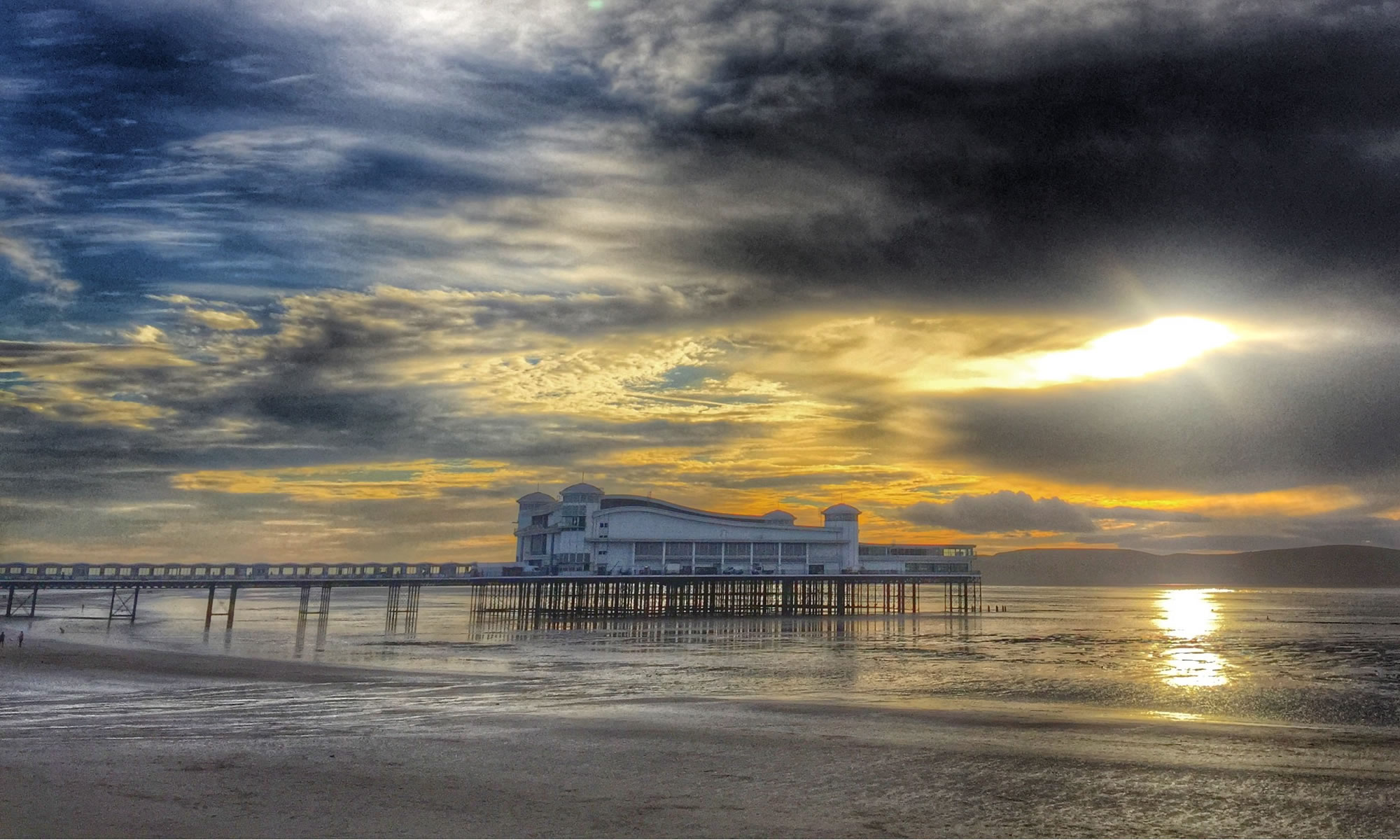Back in the 1990s when I was teaching at a college in Bristol, I use to undertake regular field trips to the Bristol Harbourside as part of a unit on urban regeneration. There was at the time to much happening down there after years of inaction that it was an ideal place to demonstrate the impact of investment and change of use. Bristol had been an important port for hundreds of years, this all came to a halt in the 1970s and regeneration plans were developed. Not much happened for twenty years, but in the last twenty years we have seen major regeneration of the area, massive building of offices, business, residential and entertainment, as well as visitor attractions such as at-Bristol (where incidentally I worked for a while when it opened).
During one of those field trips, I took my SLR camera with me, and digging around a box in the garage I found the prints, which I have since scanned in. This is the final post on these images, you can find part one, part two, part three, part four and part five.
Before the advent of North Sea gas most towns and cities had gasworks that turned coal into gas which was then used for heating and cooking. Down in the harbourside were the Bristol Gasworks. Back in the 1990s these were no longher used for making gas and were in a state of decay, but they were still used for storing North Sea gas. Since then the gas storage has been removed. The buildings were listed and due to the contamination on the site it took many years before they could be used for something else.

You can see from this 2005 image that not much had changed in the preceding ten years to the gasworks building, but around it there was a lot of building and regeneration.

On the other side of the harbour this view is now dramatically different as a range of houses and apartments have been built.

Even in the 1990s we already had a fair bit of development already done.

A view up the harbour looking towards the SS Great Britain on the right.

At this point the SS Great Britain had been back in Bristol for twenty years and was looking splendid. She didn’t have the fake water glass thingy representing water as she does now, but she was in pretty good condition and the team restoring her had done an excellent job.

One aspect of the harbour which doesn’t change is the need for dredging.

If you were here today you could turn around and walk over Pero’s Bridge, back then you needed to walk around. Over on the left is the Watershed.

Overall it was interesting to see what had changed in the last twenty years and also what hadn’t.






























